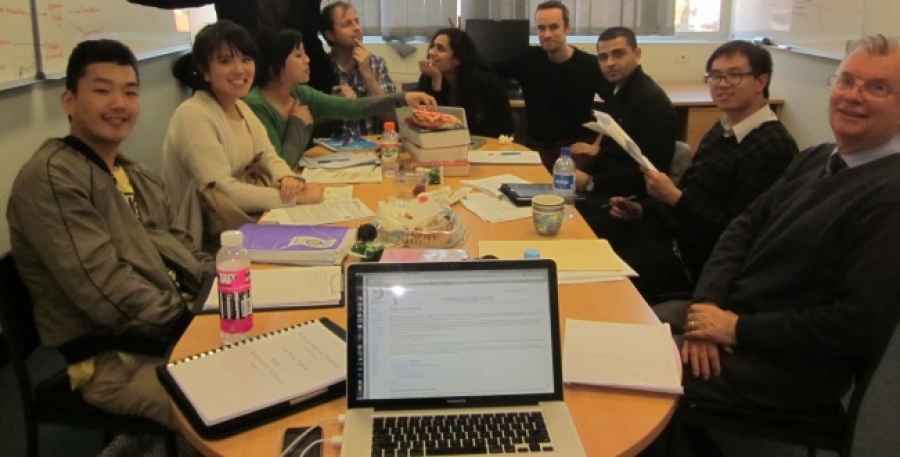"Qualified business managers or finance directors can often represent the sort of appointment that many smaller schools simply cannot afford."
While this approach is an effective way to move quickly towards the desired standards, it comes at a cost, and can stretch the fundraising capabilities of any given school. In these cases, exploring the possibilities presented by collaboration with other schools can be a fruitful and economical way of delivering positive outcomes.
Schools can benefit from the pooling of resources by sharing facilities which are seen as valuable commodities when it comes to delivering a high-quality standard. For instance, schools with impressive sports facilities may be well placed to allow other schools to utilise their equipment or premises, perhaps in exchange for the use of some facilities or technology which is unavailable at their own base.
This means that many schools can enhance their own quality of teaching by offering specialist teaching in more areas, thanks to an agreement which sees assets being shared. This can be driven further by establishing agreements between schools to share teaching plans for core subjects, ensuring that teachers can share ideas, opinions and expertise, helping to achieve best practice, and benefit a wider pool of students.
While facilities and resources are among the standard ways in which schools can collaborate with each other, there’s also a growing trend for schools and academies to pool staff, helping to create greater competencies within their organisations which, independently, they may not be able to access.
When considering this kind of collaboration, it’s important to carefully consider areas where this kind of partnership can reap rewards, and often it’s the size of the school which can determine the nature of the resources and skills that can be shared.
For instance, there’s certainly the potential for a cluster of smaller schools to employ just one central human resources team, allowing valuable savings on this type of resource, which can then be more productively spent in other areas. Similarly, qualified business managers or finance directors can often represent the sort of appointment that many smaller schools simply cannot afford without coming to an agreement with clusters of schools.
The benefit of these types of arrangements lies not just in the cost-saving aspect, but in the fact that bringing skilled specialists into a school can help to improve quality of service and greater competencies, benefiting all areas of the school’s operations.
Another area which schools can explore as an opportunity for collaboration is in ensuring that fully-qualified teachers with relevant areas of expertise can take charge of lessons which require some degree of specialism. Having a shared interest in specialist teachers among a cluster of schools means that, for instance, music lessons can be taught by properly skilled musicians, a luxury which many schools, individually, simply cannot afford.
Above anything else, collaboration supports schools as they strive towards reaching their desired standard of excellence, with Ofsted inspections serving to underline that successful partnerships can improve the morale of both students and teachers, thanks to the increased levels of opportunity generated by working strategically with other schools.
Are you part of a collaborative school? Share your experiences below.


















